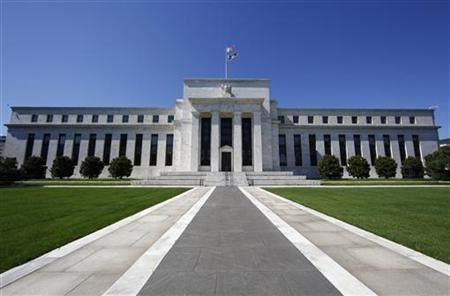Financial Crisis Looms: Central Banks Fleeing to Fed

Central banks from around the world are placing record sums of money into the Federal Reserve as a safe haven, in amounts even higher than during the Lehman Brothers meltdown.
Reserve funds from official foreign accounts have doubled in the past eight months to $100 billion, according to data compiled by the St. Louis reserve.
This shows a pervasive loss of confidence in the European banking system, a member of Henderson Global Investors, Simon Ward, told London's Daily Telegraph. Central banks are worried about the security of their deposits, so they are placing the money with the Fed.
The $100 billion in cash is a pittance compared to what foreign investors have snapped up in U.S. debt. But it nevertheless serves as a sterling indicator of impending panic among the European financial elites. The Fed's data refer to so-called reverse repurchase agreements.
Lars Tranberg from Danske Bank told the Telegraph that European banks are reduced to borrowing dollar funds for a week at a time rather than the usual six to 12 months: This closely resembles what happened in late 2008, though the difference this time is that the major central banks have dollar swap lines in place. If the dollar funding markets completely freeze up, the European Central Bank can act as a backstop.
Tranberg told the Telegraph that dollar deposits of American banks have increased by $400 billion since mid-June, mostly offset by dollar reductions in Europe. It is clear that the problem lies with the European banks. The credit default swaps on these banks are very high and provide a risk gauge, he said.
© Copyright IBTimes 2025. All rights reserved.





















